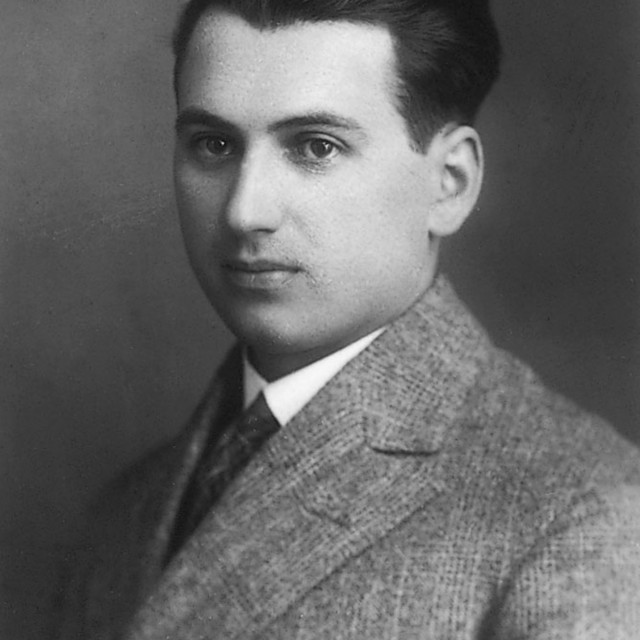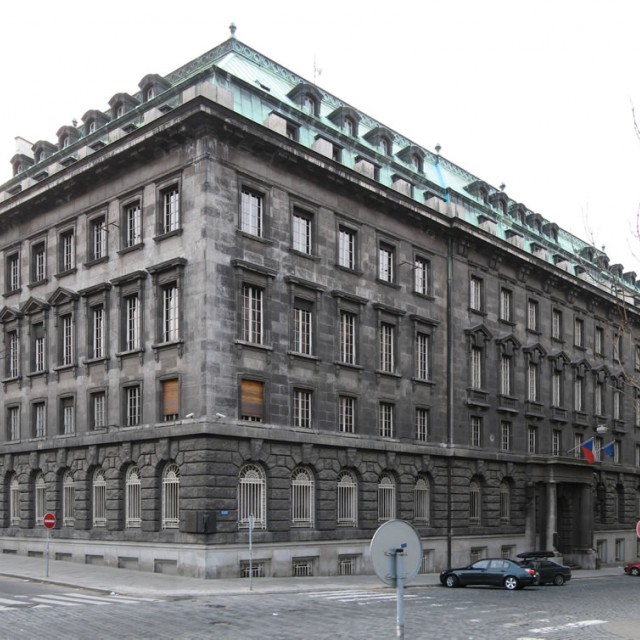Mimeographed death sentence
Martial law was declared in Prague in May 1942 after the assassination of Deputy Reichsprotektor R. Heydrich. The Gestapo arrested Jiří Stránský’s father soon afterwards. Jiří Stránský’s did not get to hear this unbelievable story of what took place in Prague’s Petschek Palace, the headquarters of the Gestapo and the Court Martial on the very day of the father’s arrest, from his mother until several years after the father’s death. “My mother had some experience with father’s arrests by then and she went to the Petschek palace immediately. She waited there for four hours until a SD man came, (ed. note: SD stands for Sicherheitsdienst, an intelligence service under the authority of the Reich Main Security Office). He told my mother to come with him, and then he showed her a sheet of mimeographed paper, A5 format, in a small office. It was a mimeographed death sentence, with my father’s name and one signature completed. It still gives me horror to this day, but this is how they did it at the time, under martial law and all that persecution. The official showed my mother that half-signed death sentence for my father, then he tore it to bits and said: ‘Tell your husband that we’re even now. He saved my life in Galicia in World War I.’ It’s such an unbelievable story that, even though I’m a writer, I won’t use it in my work," he recalled.
Hodnocení
Hodnotilo 0 lidí
Routes
Not a part of any route.
Comments
No comments yet.









